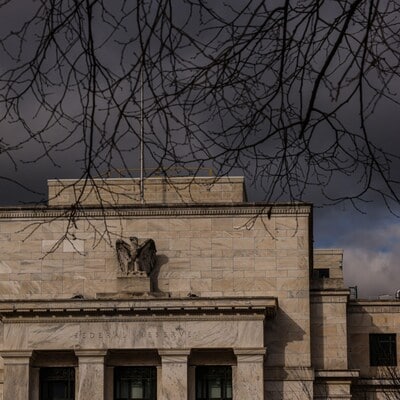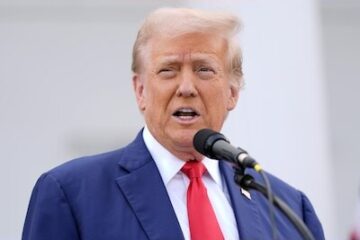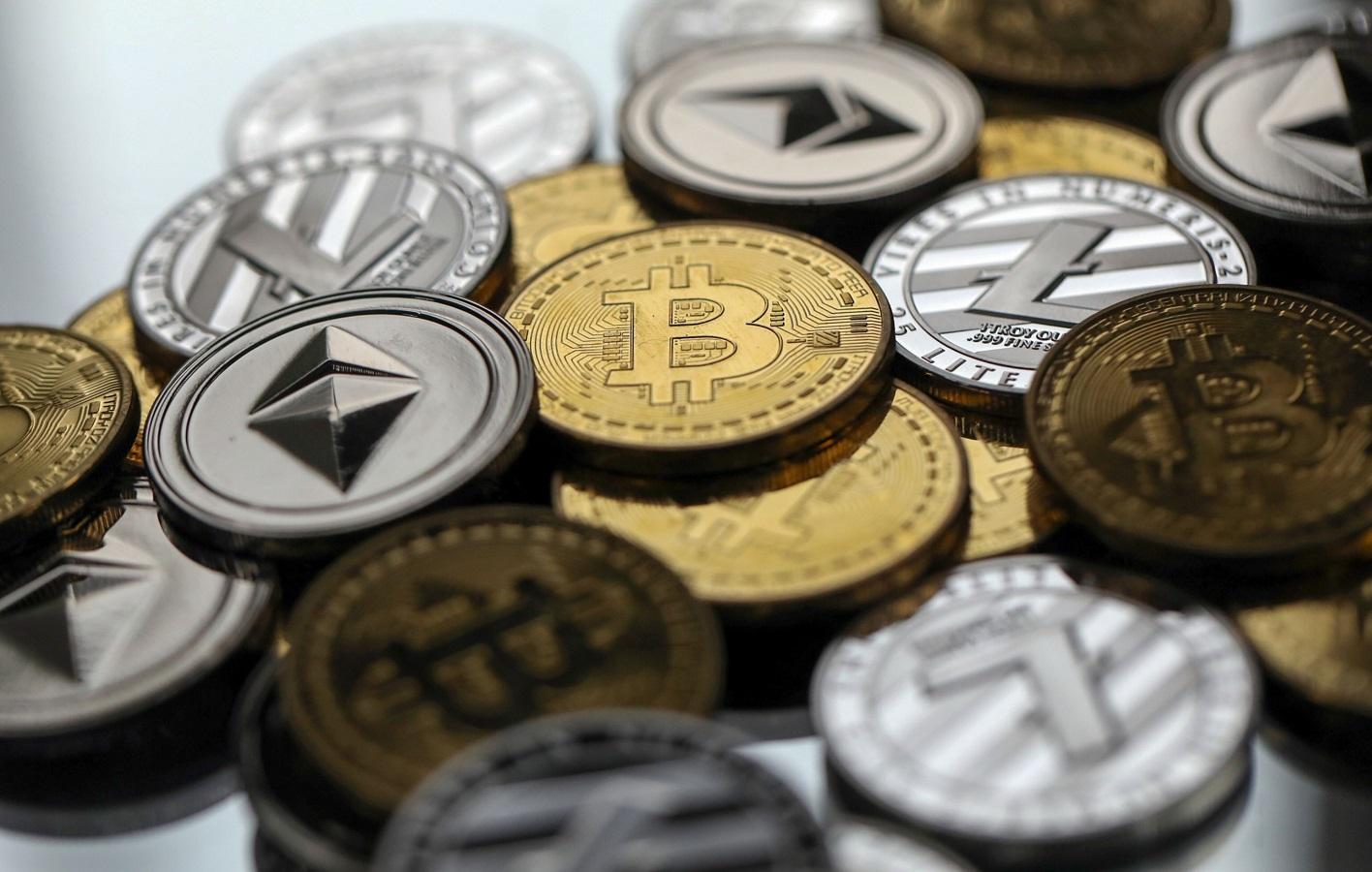The US seemed headed for an economic fairy-tale ending in late 2023. The painfully rapid inflation that had kicked off in 2021 appeared to be cooling in earnest, and economic growth had begun to gradually moderate after a series of Federal Reserve interest rate increases.
But 2024 has brought a spate of surprises: The economy is expanding rapidly, job gains are unexpectedly strong and progress on inflation shows signs of stalling. That could add up to a very different conclusion.
A “no landing” outcome might feel pretty good to the typical American household. Inflation is nowhere near as high as it was at its peak in 2022, wages are climbing and jobs are plentiful. But it would cause problems for the Federal Reserve, which has been determined to wrestle price increases back to their 2 per cent target, a slow and steady pace that the Fed thinks is consistent with price stability. Policymakers raised interest rates sharply in 2022 and 2023, pushing them to a two-decade high in an attempt to weigh on growth and inflation.
If inflation gets stuck at an elevated level for months on end, it could prod Fed officials to hold rates high for longer in an effort to cool the economy and ensure that prices come fully under control.
“Persistent buoyancy in inflation numbers” probably “does give Fed officials pause that maybe the economy is running too hot right now for rate cuts,” said Kathy Bostjancic, chief economist at Nationwide. “Right now, we’re not even seeing a ‘soft landing’ — we’re seeing a ‘no landing.’”
On Wednesday, Fed policymakers received a fresh sign that the economy may not be landing quite as smoothly as hoped. A key inflation report showed that prices picked up more than expected in March.
While the Fed officially targets a separate measure of inflation, the Personal Consumption Expenditures index, the fresh report was a clear sign that price increases remain stubborn. Days earlier, the March jobs report showed that employers added 303,000 workers, more than expected, as wage growth stayed strong. The combination of strong growth and sticky inflation might say something about the state of the US economy, which at any given moment can be in one of four situations, said Neil Dutta, head of economics at Renaissance Macro, a research firm.
The economy can be in a recession, when growth falls and eventually pulls inflation lower. It can be in stagflation, when growth falls but inflation remains high. It can be in a soft landing, with cooling growth and inflation. Or it can experience an inflationary boom, when growth is strong and prices rise quickly.
At the end of 2023, the economy appeared to be headed for a benign slowdown. But these days, the data are less moderate — and more full of momentum.
“You had a lot of chips placed into the soft landing bucket, and steadily that’s been eroding and probability of an inflationary boom has come back,” Dutta said. “That kind of reinforced the Fed’s framing, which is that we have time before we have to decide about cutting rates.”
Fed officials entered 2024 predicting three rate cuts before the end of the year, which would have lowered borrowing costs to about 4.6 per cent from their current 5.3 per cent. The officials maintained that call in their March economic projections.
But as inflation and the economy overall show staying power, investors have steadily dialed back how many rate cuts they are expecting. Market pricing suggests that traders are now betting heavily on just one or two rate cuts this year. Markets also expect fewer cuts in 2025 than they previously anticipated.
©2024 The New York Times News Service
First Published: Apr 12 2024 | 12:08 AM IST
Note:- (Not all news on the site expresses the point of view of the site, but we transmit this news automatically and translate it through programmatic technology on the site and not from a human editor. The content is auto-generated from a syndicated feed.))



